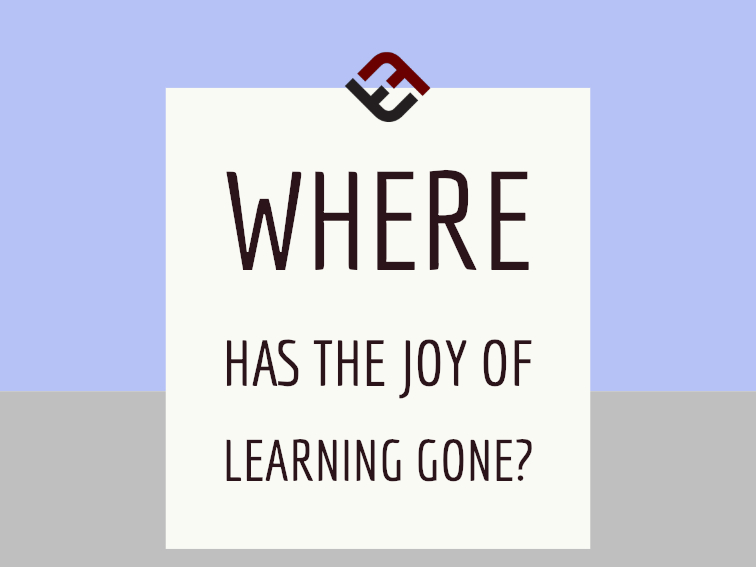
Where Has The Joy Of Learning Gone?
by Judy Willis M.D., M.Ed., radteach.com & Terry Heick
We know that for most children kindergarten is something anticipated with awe and enthusiasm – especially when one or more older siblings are already in school.
There certainly can be anxieties, but they revolve around fear of leaving a parent or the security of the home environment. The idea of being a student is–or should be–exciting. Most kindergarten or first-grade students speak passionately about what they learn and do in school. Fortunately, there is no condemnation from the usual legislative critics that if these youngest children have fun in school, they are not learning.
In the current state of legislated standardization of tests linked to the financial stability of schools, two factors encroach upon the joyous learners by the time they reach 2nd or 3rd grade. There is the pressure for the type of academic achievement that can be measured on standardized tests of superficial rote memory. In addition, many teachers are mistrustful and anxious about how they will be judged by mandated curriculum police or legislative analysts who judge teachers and teaching without the benefit of having been trained as professional educators.
Uninformed critics may make erroneous assumptions that if children are laughing, interacting in groups, being creative with art, music, or dance that they are not doing real or important academic work. The result is that teachers have been mandated or feel pressured to preside over more sedate, solemn classrooms with students on the same page in the same book, sitting in straight rows, looking straight ahead at the teacher. These quiet classrooms give the judges who pass by a false sense of security that when they observe discipline and order, real learning is taking place.
The truth is that when the joy and comfort are scrubbed from the classroom and replaced with homogeneity and when spontaneity is replaced with conformity, students’ brains are distanced from effective information processing and long-term memory storage.
What we have are classrooms where instead of taking pleasure from learning, students are bored, anxious, and anything but engaged. The changes that are evident from joy-filled kindergartens to highly-structured upper elementary school classes have been mandated to do away with what has been propagandized as “feel-good learning.” In fact what is happening is a passage away from students feeling good about learning and themselves as they become discouraged, alienated, bored, or intimidated and ultimately learn to feel bad about school and lose the joy they once felt about discovery learning.
Connectivity, technology such as learning simulations, new learning models such as scenario-based learning, and more already exist to replace the anxiety of performance with the joy of self-initiated discovery. No matter how poetic the argument, actuating these in light of modern pressure, focuses on ‘proficiency,’ and existing biases across schools, districts, and communities about what ‘real learning’ is a tremendous challenge.
But without taking on that challenge, school will remain a passionless, joyless–and for many students soul-crushing–experience that makes students think they hate to learn.
Where Has The Joy Of Learning Gone? image attribution flickr user tanozzo
